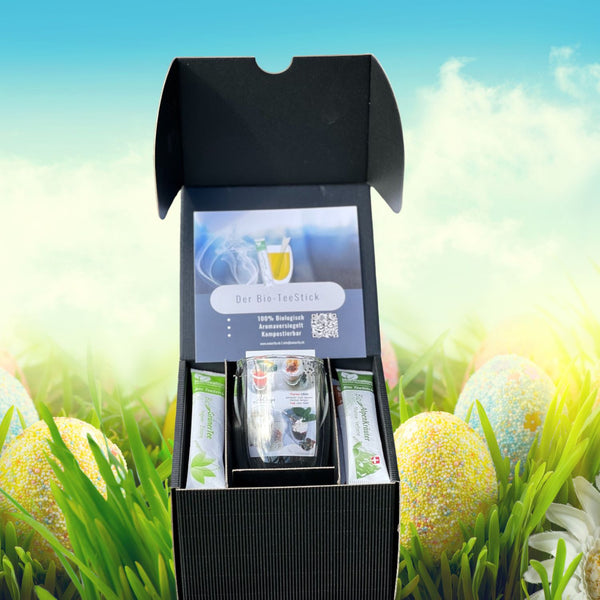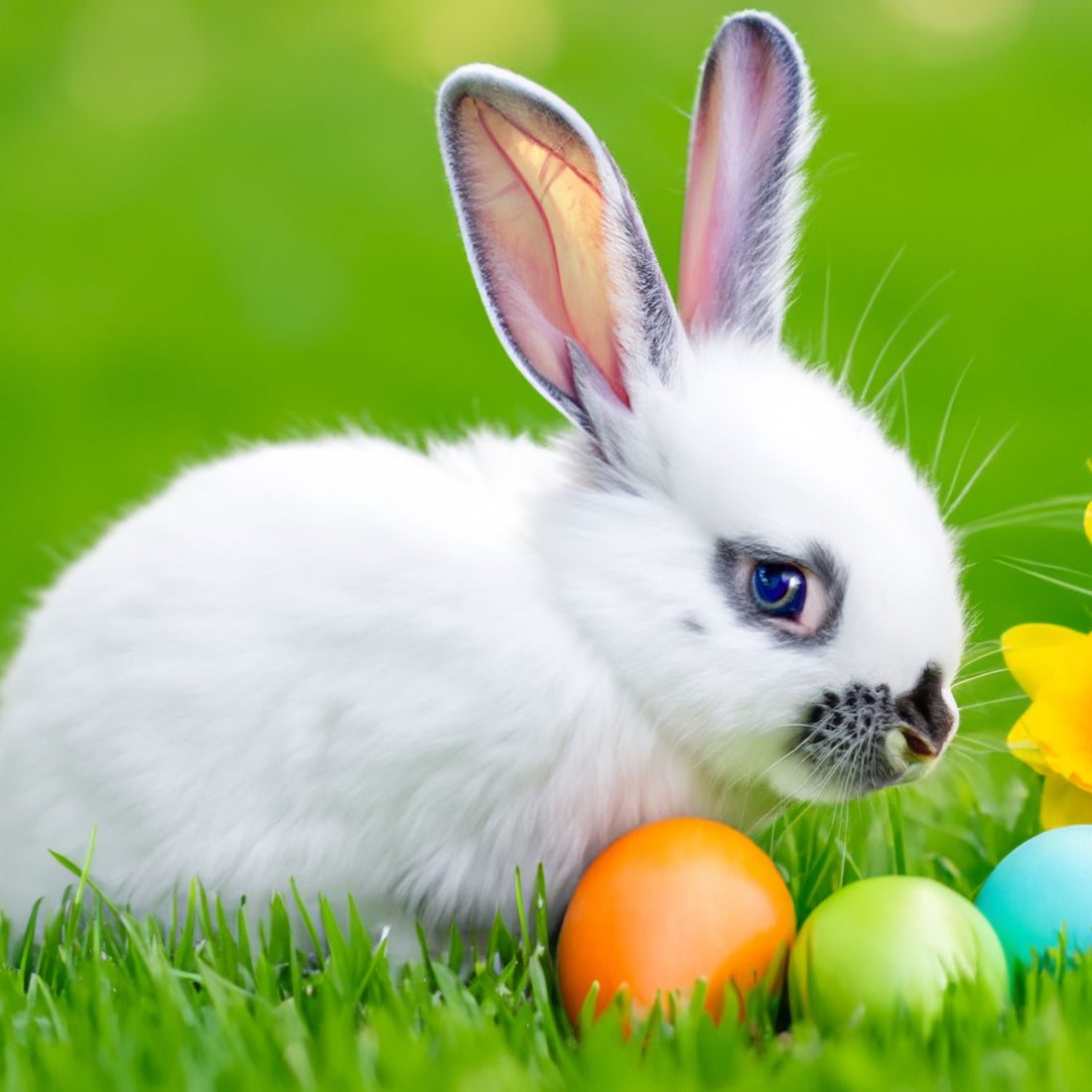Where does the chocolate bunny come from?
How did the Easter bunnies and Easter eggs come about? ... do you know that?
Easter is just around the corner and for many of us it means a time of joy, new beginnings and spending time with family.
It is also a time when certain customs and traditions that are deeply anchored in our culture.
These traditions include the Chocolate Easter Bunny and dyeing Easter eggs .
But have you ever wondered how these customs came about?
Take a short journey into the past and discover the origins of these fascinating Easter traditions.
The creation of the chocolate Easter bunny

The tradition of the Easter Bunny bringing eggs has roots in Germany, at the time of the late 17th century.
Originally, however, there were no chocolate figures, but... Painted and decorated eggs were hidden by an “Easter Bunny” that the children were then allowed to look for.
The Chocolate version of the Easter Bunny didn't appear until much later when chocolate processing techniques were refined and it became possible to cast chocolate into detailed shapes.
In the 19th century, as chocolate production flourished in Europe, confectioners in Germany and France began making chocolate Chocolate figures in Rabbit shape .
These chocolate Easter bunnies quickly became popular and are still there today an integral part of the Easter celebrations .
The chocolate bunnies symbolize fertility and renewal , themes closely linked to the Easter season.
Why we dye Easter eggs

Coloring and decorating Easter eggs is a tradition that is even older than the Easter Bunny himself.
This practice can be traced back to the ancient Egyptians, Persians and Romans, who viewed eggs as a symbol of fertility and gave them away in the spring . With the Christianization of Europe, the custom was adapted to symbolize the resurrection of Jesus and the beginning of a new life.
However, the specific tradition of dyeing eggs for Easter gained prominence in Europe during the Middle Ages, when dyeing eggs red was introduced as a symbol of the blood of Christ. Over time, more diverse dyeing methods and colors developed, and egg dyeing became an integral part of Easter celebrations.
The Customs of the Chocolate Easter Bunny and dyeing Easter eggs are nowadays deeply rooted in history and reflect the cultural and spiritual significance of the Easter season.
They remind us of themes such as fertility, renewal and new beginnings, that are universal and timeless . This year, while you enjoy a chocolate bunny or paint Easter eggs with your loved ones, think about the history and meanings behind these traditions.
The team from our PartnerShop Naturify has... instead of chocolate a couple beautiful Easter boxes imagined. Because giving is joy! Look in here ...

We at PressaBottle would like to wish you a happy and peaceful Easter.





